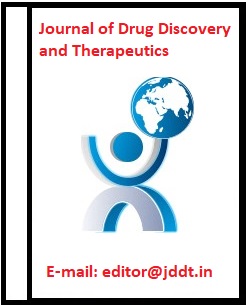AN UPDATED REVIEW OF FOOD ALLERGY AND ASSOCIATED RISK FACTORS
Abstract
A large body of medical literature has indicated that hidden food allergy is a frequent cause of a wide range of physical and mental conditions. The immune system protects our body against pathogens and other foreign substances by producing a kind of glycoprotein known as immunoglobulin or antibodies from plasma cells or B-cells. Surveys show that about one-third of all adults believe they have food allergies. About 4-8% percent of young children are diagnosed with food allergies, most of which are evident in the first years of life and are often outgrown. A food allergy is any adverse reaction to an otherwise harmless food or food component that involves Theresa word, body’s a food allergy is imanmmune system response to a food In that the body mistakenly believes is harmful. Components of a food that trigger the immune system are called food allergens. Cow’s milk allergy appears to be among the more prevalent food allergies in infants. Eggs and peanuts are also common allergenic foods for infants, along with soybeans, tree nuts, fish, and wheat. Seafood allergies, especially to crustaceans (shrimp, crab, lobster) are also rather common among adults. The present review provides brief information about food allergy and allergic reactions, their types, symptoms and approaches for reduction.
KEYWORDS: food allergy, adverse reactions, immune system, top allergens.






